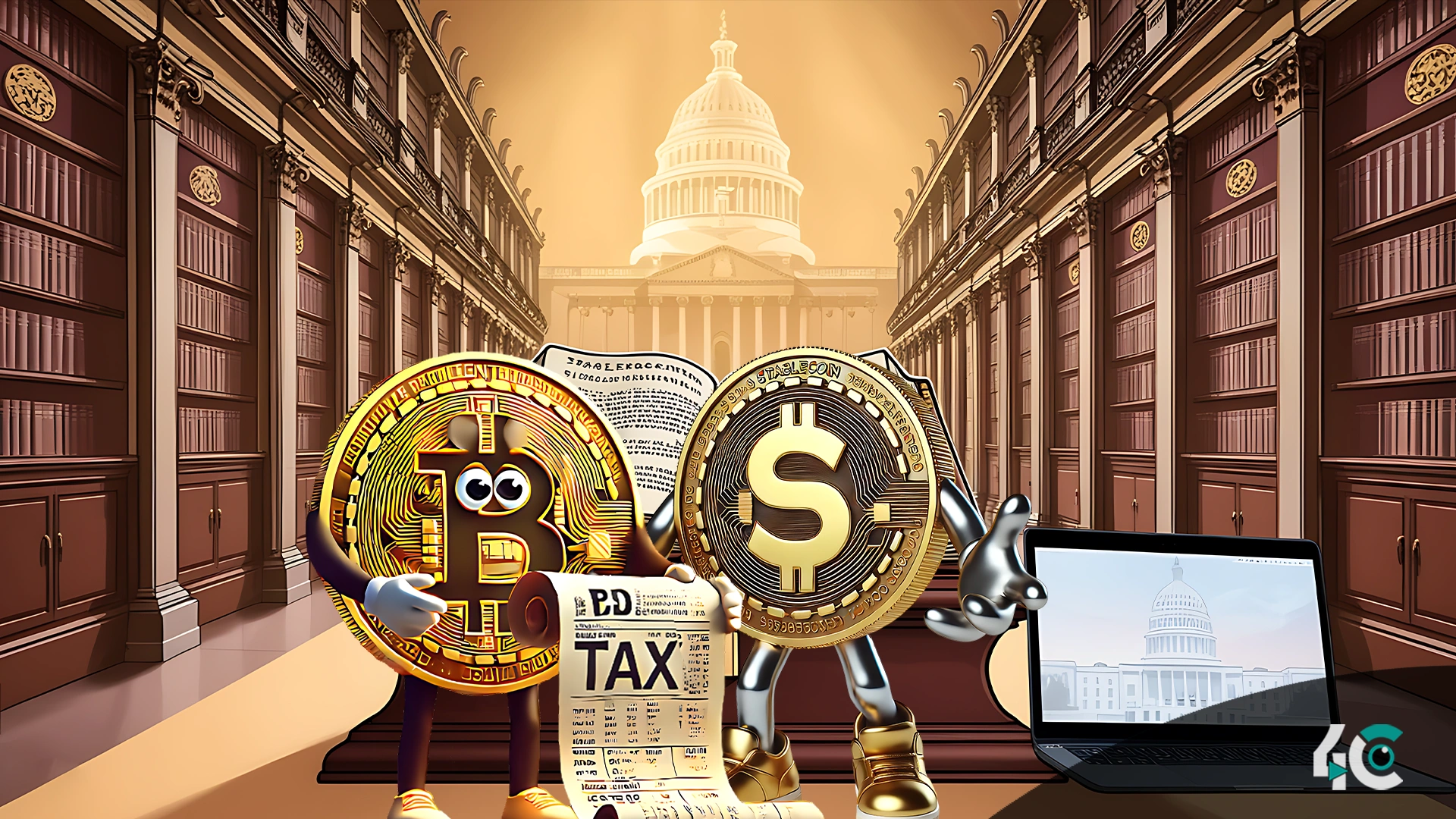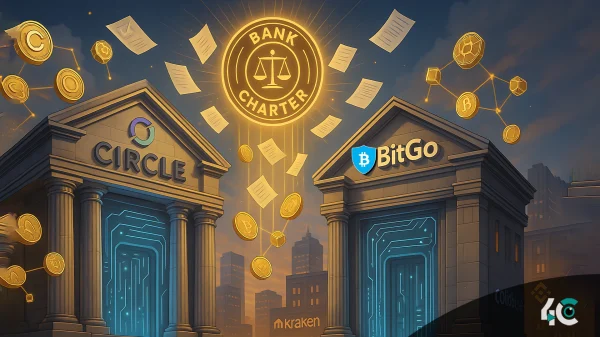With upcoming changes to cryptocurrency tax policies, the U.S. faces growing pressure to regulate stablecoins. Ensuring stability and compliance in the digital asset space is key to preventing market disruptions and fostering long-term growth.
The Case for Stablecoin Regulations First.
Before U.S. lawmakers move forward with crypto tax reform, industry figures and legal specialists are calling for a focus on stablecoin regulation and banking issues. They believe that the establishment of stablecoins and making them fit for the banks will bring about the adoption of blockchain tech. This is especially notable given the support given by the Trump administration for the crypto sector, which seemed keen on maximum usage of digital assets.
Mattan Erder, who works at a decentralized blockchain network called Orbs, argues that it shouldn’t be merely about taxes. Lawmakers must focus on laws on securities and removing restrictions on cryptocurrencies from banking solutions. “Trump’s new administration goes full crypto, doing things that were inconceivable 24 months ago,” Erder said. Yet, he said that major legislative changes, including taxes, would still need Congress’s sign-off.
The recent executive order, which was released on March 7, suggests greater government support for digital assets. The order has been issued for setting up a Bitcoin reserve of the nation from confiscated crypto assets. The move indicates a rising interest in digital currencies.
Banking Access Challenges.
Although the administration would appear to be pro-crypto, industry insiders are saying that crypto companies will continue to run into trouble accessing banks until at least early 2026. Caitlin Long, Custodia Bank CEO, wrote, “The issue remains unresolved. The president cannot appoint a new Fed governor before Jan. 2026.”
The June 2024 lawsuit spearheaded by Coinbase has prompted concerns of “debanking.” Earlier in the year, documents that were revealed during a lawsuit showed that U.S. banking regulators told banks to stop crypto-related banking activity over the interim. This resulted in panic amongst industry players. This shows why transparent clarifications are needed quickly to ensure stable access for banks to the crypto business.
Stablecoin Legislation as a Catalyst for Growth.
According to David Pakman, the managing partner at CoinFund, a clear and well-thought-out set of stablecoin regulations could open up new possibilities for traditional finance to use blockchain-enabled payment systems.
Pakman stated, “Stablecoin law may encourage payment companies and financial services, along with banks, to adopt crypto infrastructure.” Various organizations see opportunities for faster, clearer, and cheaper money transfers through the help of blockchain networks.
According to the executive director of the president’s Council of Advisers on Digital Assets, Bo Hines, stablecoin legislation should see movement in the next two months. The GENIUS Act that is being proposed is to set a collateralization standard for stablecoin issuers and adhere to anti-money laundering laws.
Conclusion
Experts believe that stablecoin regulations and banking access must happen before the U.S. crypto sector can grow sustainably. If the policyholders want the regular finance holders for such adaptation for the use of blockchain, they must clear others first. This will help in having more effective and efficient tax reforms in the future.
The Trump administration will continue to back the crypto sector in the upcoming months, which will be crucial for regulatory developments. As the U.S. government is getting ready for a law on stablecoins and holding talks for banking access, the country could lead the world in promoting innovation while ensuring stability and compliance. By prioritizing clarity and accessibility, the country can create a great digital space for making assets that work for everyone.
































